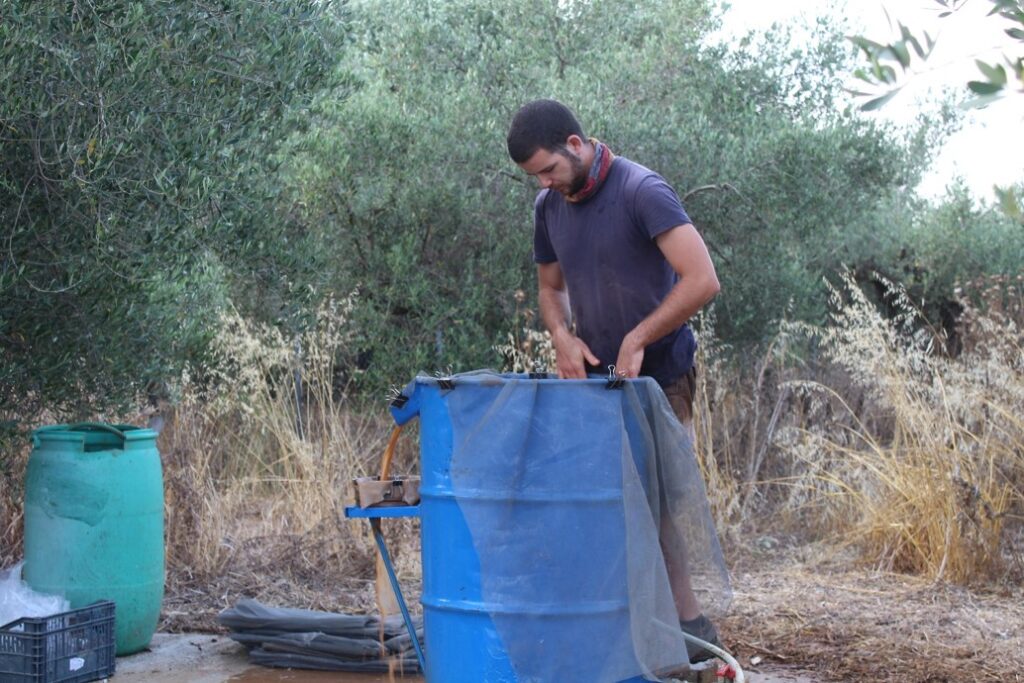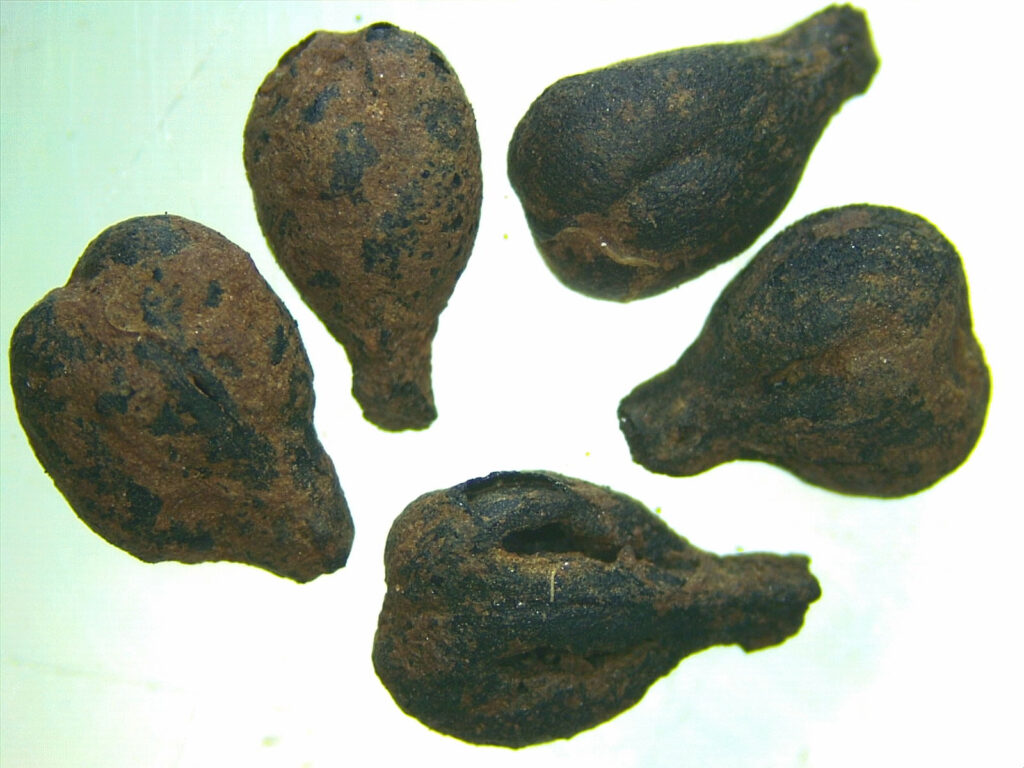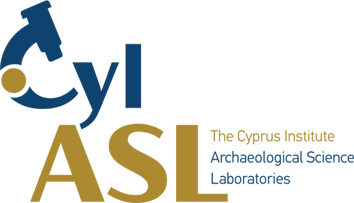Environmental Archaeology at STARC
Archaeobotany
Archaeobotany is the study of plant remains retrieved from archaeological sediments in order to document and interpret past human-environment entanglements. Archaeobotany is a sub-discipline of Environmental Archaeology, alongside archaeozoology (the study of animal bones), and sedimentary sciences such as geomorphology and micromorphology. Archaeobotanical assemblages include macroremains (e.g. seeds, chaff) which are visible under a stereomicroscope, wood charcoal, and microremains (including starch, pollen and phytoliths). Macroremains, preserved in a variety of ways, can easily be retrieved with appropriate recovery procedures during archaeological excavations (Figure 1), while the retrieval of microremains require further processing of samples. Archaeobotanical studies can provide valuable insights into culinary practices, climate and environmental change, food production and consumption, crop processing, and woodland management, and may also illuminate issues such as identity and status in past societies or the perception of foods as mundane, exotic or luxurious. Within this broad range, Dr Evi Margaritis pursues several long-term research projects.
The Cultivation of the Grape and the Olive, and the Production of wine and oil in the Eastern Mediterranean
This is an ongoing collaborative project, which focuses on charred remains of olives and grapes, which are often found in Greece and Cyprus, on archaeological sites dating from prehistory to the Roman period.
One aspect of the project focuses on the long-running archaeological debate over the timing of the initial intensive cultivation of both grapes and olives in Europe, and how that came about. One hypothesis (the ‘Mediterranean polyculture’ hypothesis) is that Neolithic subsistence agriculture was based on the cultivation of cereals and pulses, and the use of livestock. In the 3rd millennium BCE, however, in the Early Bronze Age, the systematic exploitation of the olive and the vine transformed traditional Neolithic subsistence practices: the new species could be grown on marginal land, where even poor, previously uncultivated soils could now be exploited. This development can be characterised as a new agricultural revolution in southern Europe; the cultivation of the vine and the olive allowed for the production of a surplus, and their products, i.e. wine and olive oil can be stored and traded. This made them valuable commodities, retaining a central place in the economy of European societies even until today. These fundamental transformations occurred together with population growth and with changes in technology and exchange patterns; the olive and vine played a fundamental role in the creation of the conditions for the emergence of the first state-level complex societies of Europe, that is the palaces of the Minoan and Mycenaean societies of the subsequent 2nd millennium BCE.
Key questions of great archaeological relevance are:
- When were olive and grape first intensively cultivated in Greece and Cyprus?
- Did the production of olive oil and wine initiate social and economic developments?
- How can we identify wine and olive oil residues in the archaeological record?
- What varieties of olives and grapes existed in antiquity, and how are these related to modern varieties present now in the eastern Mediterranean and Middle East?
To answer these questions, we are studying charred olive and grape remains from numerous sites in Greece and Cyprus dated to both prehistory and the historical periods. The sites include Keros, the Heraion at Samos, Mochlos, Papadiokambos, Knossos and Gournia on Crete, Mycenae, Iklaina, Midea, Corinth, Lyktos, and Sikyon in mainland Greece, and Kalavasos, Palloures, Erimi, Sozomenos, Nicosia and Paphos in Cyprus. Through this analysis we have concluded that the intensive cultivation of both olive and grape clearly began in the 3rd millennium in Greece; it is possible to identify residues resulting from the production of wine and olive oil, as well as the presence of raisins, as indicated by the finds at the site of Sozomenos-Ambelia (Figure 2By applying geometric morphometry, a technique that allows us to compare the differences between varieties of grapes and olives from a detailed measurement of the shape of their pips and stones, our work has shown that the ancient varieties of grapes and olives have affinities with some modern varieties located in the eastern Mediterranean and Middle East. In particular, we discovered that the modern Maratheftiko variety of Cyprus has affinities with ancient varieties found on Cypriot archaeological sites.


